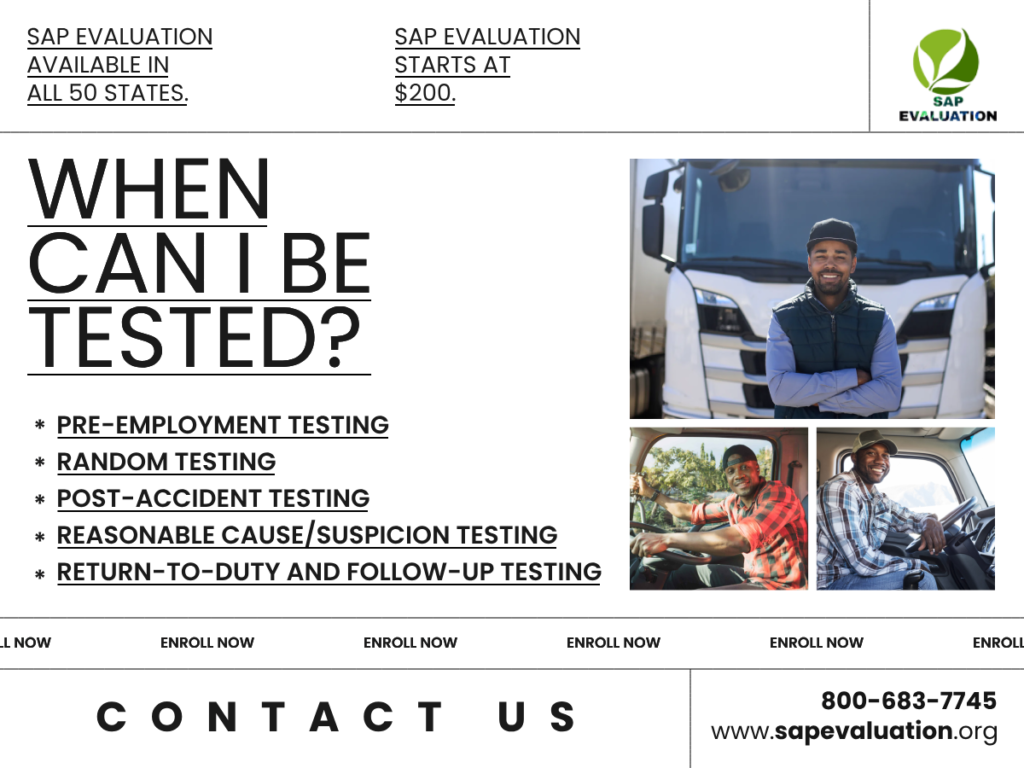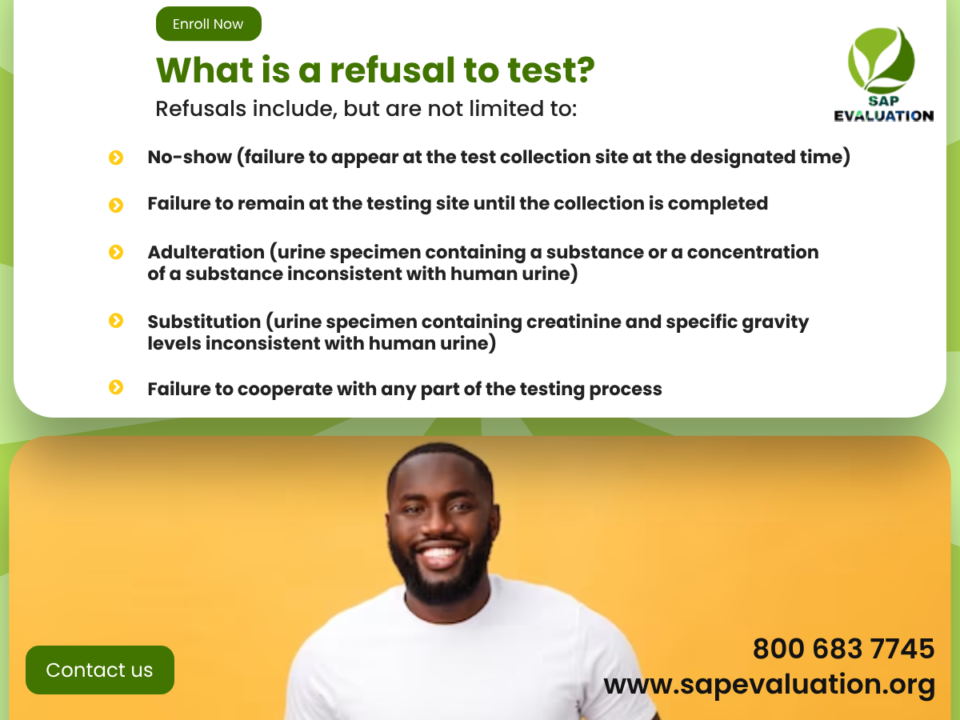SAP Evaluation plays a crucial role in chemical analysis and safety assessment. It involves a comprehensive examination of various substances to understand their characteristics and potential risks. By scrutinizing factors such as chemical composition and toxicity profiles, substance evaluation helps ensure the safety of products and environments. Its insights are invaluable for regulatory compliance and informed decision-making. In this article, we will explore the intricacies of substance evaluation and its indispensable role in safeguarding our well-being.
Table of Contents
Why Is SAP Evaluation Important?
Firstly, it identifies potential hazards associated with substances, enabling us to implement appropriate risk management measures. By evaluating the characteristics and toxicity profiles of substances, it becomes possible to understand their potential effects on human health and the environment. This knowledge enables regulatory bodies and manufacturers to make informed decisions about the safe use and handling of these substances.
Secondly, sap evaluation aids in ensuring compliance with regulatory requirements. Many countries have strict regulations in place to protect public health and the environment from the adverse effects of harmful substances. Evaluating substances is a vital tool for assessing compliance with these regulations, ensuring that products meet the necessary safety standards before introducing them to the market.
Lastly, sap evaluation plays a crucial role in scientific research and development. By evaluating the properties and potential risks of substances, scientists can better understand their behavior and potential applications. Companies can then use this knowledge to develop safer and more effective products and technologies.

The SAP Evaluation Process
The sap evaluation process is a meticulous and systematic approach that involves several stages. These stages ensure a comprehensive and thorough evaluation of a substance’s characteristics and potential risks. The process typically begins with gathering relevant information about the substance, including its chemical composition, physical properties, and intended uses.
Once experts collect the necessary information, they subject the substance to various tests and analyses to assess its toxicity and potential risks. These tests may include acute toxicity tests, chronic toxicity tests, genotoxicity tests, and environmental fate and behavior studies. We evaluate the results of these tests to determine the substance’s potential hazards and risks.
After evaluating the risks of the substance, we develop appropriate risk management measures to mitigate or eliminate these risks. These measures may include implementing safety protocols, labeling requirements, or even restrictions on the use or production of the substance.
Key Elements Of Substance Evaluation
Substance evaluation comprises several key elements that are crucial for a comprehensive assessment of a substance’s characteristics and risks.
These Elements Include:
- Chemical Composition Analysis: Understanding the chemical composition of a substance is essential for evaluating its potential risks. This analysis involves identifying the various components and impurities present in the sap, as well as their concentrations.
- Toxicity Testing: Assessing the toxicity of a sap is a vital part of the evaluation process. Different types of toxicity tests are conducted to determine the substance’s potential effects on human health and the environment. These tests help identify any potential hazards and guide the development of appropriate risk management strategies.
- Exposure Assessment: Evaluating the potential exposure to a sap is crucial for understanding its risks. This assessment involves determining how and to what extent individuals or the environment may come into contact with the sap. Factors such as the intended use, handling practices, and environmental release are considered to estimate the exposure levels.
- Risk Assessment: Once the substance’s toxicity and exposure are evaluated, a risk assessment is conducted to determine the potential risks associated with the substance. This assessment takes into account the toxicity data, exposure estimates, and any other relevant information to quantify and characterize the risks.
Types Of SAP Evaluation
Substance evaluation can take various forms depending on the specific objectives and requirements.
Substance Abuse Evaluation
Some Common Types Of Substance Evaluation Include:
- New SAP Evaluation: This type of evaluation is conducted for substances that have not been previously assessed or have undergone significant changes in their composition or use. It involves a comprehensive assessment of the substance’s properties, toxicity, and potential risks.
- Existing SAP Evaluation: Existing SAP that were previously assessed may undergo re-evaluation to ensure their continued safety. This evaluation is particularly important when new information becomes available or when concerns arise regarding the substance’s safety.
- Product Evaluation: Product evaluation focuses on assessing the safety of specific products that contain substances of concern. This evaluation considers the potential risks associated with the use, handling, and disposal of the product.
Legal Requirements For SAP Evaluation
SAP evaluation is often subject to legal requirements and regulations, which vary depending on the country or region. These requirements aim to ensure the safety of substances and protect public health and the environment.
Examples Of Legal Requirements For SAP Evaluation Include:
- Registration: SAP may need to be registered with regulatory authorities before they can be legally produced or imported. This registration process often requires the submission of detailed information about the substance, including its composition, intended uses, and toxicity data.
- Notification: In some cases, SAP that is already on the market may need to be notified to regulatory authorities. This notification process allows the authorities to assess the substance’s safety and take appropriate actions if any concerns arise.
- Safety Data Sheet: Manufacturers and suppliers of substances are often required to provide safety data sheets (SDS) to their customers. These sheets contain detailed information about the substance, including its hazards, handling procedures, and emergency response measures.
Challenges In SAP Evaluation
Despite its importance, SAP Evaluation presents several challenges that need to be addressed for effective and reliable assessments.
Some Of These Challenges Include:
- Data Availability: Obtaining relevant and reliable data for substance evaluation can be challenging, especially for new or emerging SAP. The lack of sufficient toxicity data can hinder the accurate assessment of a substance’s risks.
- Data Interpretation: Interpreting and analyzing the available data can be complex, particularly when dealing with large datasets or conflicting results. Expert judgment and knowledge are often required to make informed decisions based on the available information.
- Emerging Substances: The rapid development of new substances and technologies poses a challenge for SAP evaluation. Keeping up with the evaluation of these emerging substances requires efficient and streamlined processes.
Tools And Resources For Substance Evaluation
Several tools and resources are available to support substance evaluation processes. These tools aid in data collection, analysis, and risk assessment.
Some Commonly Used Tools And Resources Include:
- Databases: Databases containing toxicity data, exposure information, and regulatory frameworks provide valuable resources for substance evaluation. These databases allow researchers and regulators to access relevant information for their assessments.
- Computational Models: Computational models, such as quantitative structure-activity relationship (QSAR) models, help predict the toxicity and behavior of substances. These models can be used to supplement experimental data and provide insights into substances that have limited available data.
- Guidance Documents: Regulatory authorities often publish guidance documents to assist in substance evaluation processes. These documents provide detailed instructions and recommendations for conducting evaluations and complying with legal requirements.
Examples Of Successful SAP Evaluations
Several SAP evaluations have yielded significant outcomes in terms of protecting public health and the environment. One notable example is the evaluation of asbestos, a known carcinogen. Rigorous assessments identified the risks associated with asbestos exposure, leading to widespread regulation and the phased-out use of asbestos in many countries.
Another example is the assessment of lead in consumer products. The evaluation of lead toxicity and potential risks in products such as paint and toys has prompted regulatory actions to minimize exposure and protect vulnerable populations, such as children.
Conclusion
SAP Evaluation California plays a vital role in assessing the characteristics and potential risks of various substances. By analyzing their chemical composition, toxicity profiles, and exposure potential, substance evaluation helps ensure the safety of products and environments. It is a crucial tool for regulatory compliance and informed decision-making. Despite the challenges it presents, substance evaluation is essential for safeguarding public health and the environment. With the help of tools, resources, and continued research, substance assessment will continue to evolve and contribute to a safer and healthier world.

